The Best Wii U Games... So Far
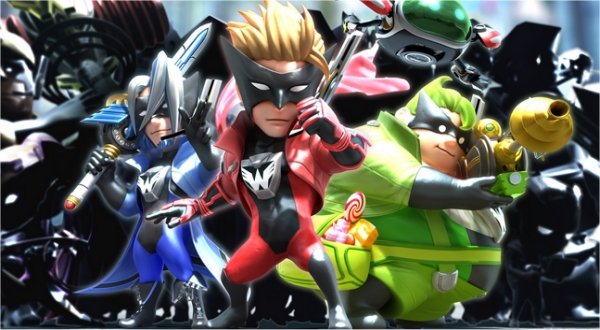
In continuing the trend of rolling out some of the best games available on the eighth generation home consoles, here's a list for the best Wii U games released on the system... so far.
This collection contains some of the most highly regarded and most respected games available for Nintendo's console. The games released so far that have topped the list includes a wide variety of titles across multiple genres and play styles.
It's an interesting dichotomy seeing how the Wii U's library consists of many varied and unique titles that seem to focus on keeping and maintaining multiplayer alive, and not in ways that rely on microtransactions and in-app purchases. Instead, Nintendo has gone over and beyond to provide gamers with very entertainment-rich experiences that not only stand the test of time but are as equally fun as they are visually engaging.
You can check out the full list of the games below. Alternatively, you can check out the PS4's best list right here and the Xbox One's best list right here.

Mario Kart 8
One of the biggest games to launch for the Wii U has been Mario Kart 8. The game came onto the scene with a lot to prove and a lot of pressure. The game managed to deliver the sort of experience that made gamers forget that the Wii U used to be considered the “dying” system. Mario Kart 8 came out of the gates swinging when it launched at the end of May and managed to shift 1.2 million copies over the weekend alone.
The game itself offers players plenty of new and old experiences alike. However, the “old” experiences have been upgraded and made compatible with the Wii U's new HD hardware capabilities. What this means is that Nintendo took many of the classic old maps from previous Mario Kart titles, dating all the way back to the age-old SNES and upgraded them with high-end 3D graphics and effects, as well as fine-tuning them to make full use of the new para-glider and anti-gravity features.
Your Daily Blend of Entertainment News
Some gamers have complained that Mario Kart 8 doesn't offer proper anti-aliasing or voice-chat with strangers, however beyond that the game has been generally received with a lot of positivity and good word of mouth about replayability for gamers of all ages.

Tekken Tag Tournament 2
This is one of the more underrated titles for the Wii U. The system doesn't have many fighting games made available for it, so it was a real treat seeing Bandai Namco make Tekken Tag Tournament 2 available for the Wii U. The game brings over all the same gameplay elements and characters from the Xbox 360 and PS3 version, but with some added bonuses.
The game on the Wii U offers up some amazing new customization features, allowing users to recreate some of their favorite Nintendo characters with special accessories and items. This feature enabled players to turn some of their favorite Tekken characters into Nintendo-themed characters such as Bowser, Luigi or even Link from the Legend of Zelda.
In addition to special character themed customization, special modes were also included in the game, too, such as the Mushroom Battle Mode. All the additional content, customization, features, GamePad support and game modes made Tekken Tag Tournament 2 an easy buy for the Wii U.
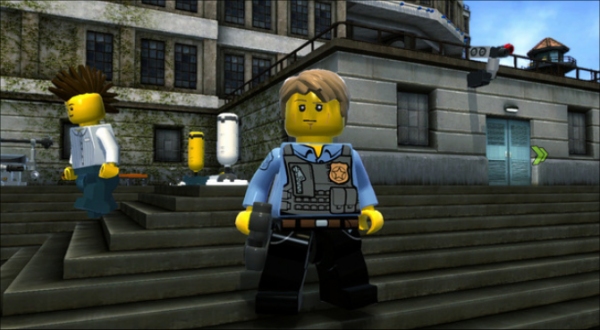
Lego City Undercover
This is probably one of the most underrated games on this list. TT Games' Lego City Undercover came onto the scene with very little fanfare, despite being what many consider to be a worthy GTA clone for the Wii U. Players donned the role of tough-as-nails cop, Chase McCain. The objective was to bring criminals to justice while exploring many of the different nooks and crannies of Lego City.
The game's plot is pretty straightforward and something out of a typical 1980s, bad-action cop flick (all the kind that Expendables fans love oh-so-dearly). The game's real meat and potatoes lie in its gameplay, where players will replicate a lot of the same features found in Rockstar's Grand Theft Auto, only the roles are reversed. Players are in the shoes of a cop instead of a criminal, and will use a wide array of gadgets, gizmos, tech and vehicles to apprehend, infiltrate and stop criminal activity.
The game's biggest flaw was its lack of multiplayer, something that could have taken it to whole new heights. Another one of the game's biggest flaws actually had nothing to do with the game itself, but Nintendo's lack of marketing. Lego City Undercover was a real gem that just needed a bit of an extra marketing push, but sadly it never received one.
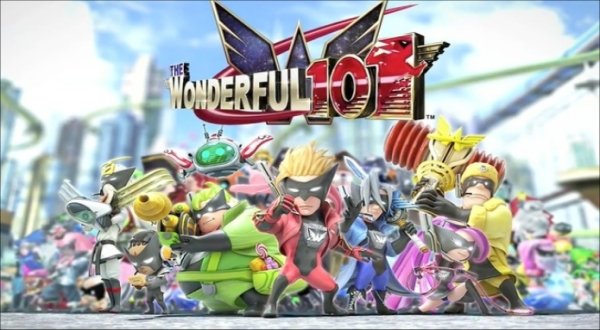
The Wonderful 101
Platinum Games and Nintendo really went over and beyond with The Wonderful 101. The game sees players taking control of a hundred special officers from a single city from around the world. Each hero is given a special power through a medallion that they wear. The Wonderful 100 have special suits that protect them as well as give them extra powers to battle indomitable foes. As both overseer and participant, players join the Wonderful 100 as the 101st hero of the planet.
The game plays out unlike many other games on the market. It's both an action game and a real-time strategy game. Players will battle foes using combos and typical isometric style fight encounters, while also switching and moving around skills with micromanagement gameplay mechanisms. It's a unique design that lends itself well to the Wii U.
One of the major criticisms of the game, however, was that it's kind of difficult keeping track of what's happening on-screen, while also dealing with some slowdown caused by all the chaos. Even still, it's better that a game offers you too much to do and too many mechanisms as opposed to not having enough.
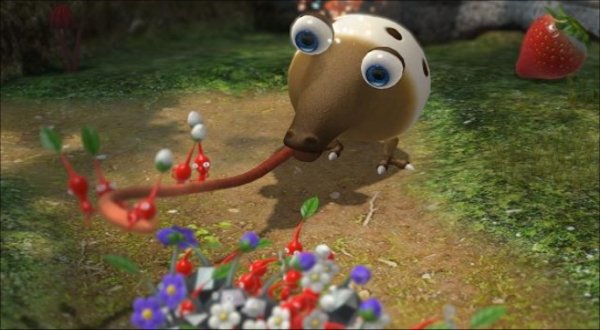
Pikmin 3
If you liked The Wonderful 101 but you weren't all keen about the pummeling, fighting and Michael Bay-esque action sequences, you can imagine that Pikmin 3 is the zen version of The Wonderful 101. The game is all about real-time strategy micromanagement. In fact, it is the epitome of micromanagement. All you do is propagate Pikmin and get them to multi-task for you.
The game is played like a typical isometric RTS game. Players take control of a couple of space travelers in search of food on a foreign planet, but they end up finding Pikmin instead. The game sees players utilizing the Pikmin to get various tasks done, build objects and construct useful entities to help the space travelers on their journey. Mob fights, resource management and exploration all play a big part in the game's overall appeal.
One of the highlights of Pikmin 3 happened to be the game's graphics. While it didn't seem like the sort of game that would be graphically demanding, the developers actually did a superb job of bringing a colorful, lush and foreign planet to life in a calming and atmospheric way. The only minor drawback was some frame-rate drops during some of the more hectic scenes, but that's a common fault suffered by most visually intense games.
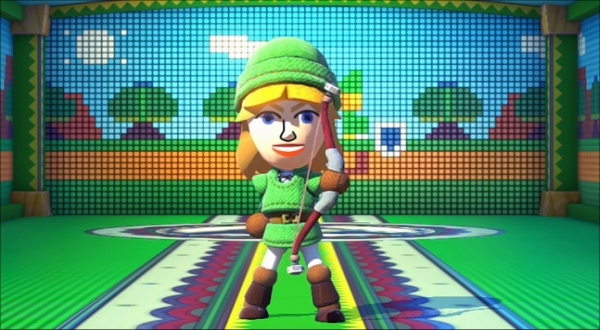
Nintendo Land
This was an easy pick. Gamers have ratted and raved about how much fun Nintendo Land is and how addictive it can be when playing local co-op. The main thing is that it's a mini-game compilation title and it houses a wide variety of different gameplay modules for all sorts of ridiculous, multiplayer hijinks.
Each mini-game comes with various levels that can be unlocked as they're completed. This opens up more ways to play and more replayability for the title, overall. It's a heck of a lot more engaging than the typical Mario Party outing, mostly given that some of the mini-games are absolutely ingenious and make for a rare gameplay experience that's hardly ever used in most titles these days.
One of the game modes I found most attractive was the Metroid Blast, just because it sees all players working together to battle through Metroid-themed attractions, levels and bosses, all while utilizing various skills and abilities that Samus Aran usually employs in the games. It's not often we get four-player split-screen, third-person shooter titles, and it was a real treat that this kind of mode was tossed in there amongst all the other party-game attractions.
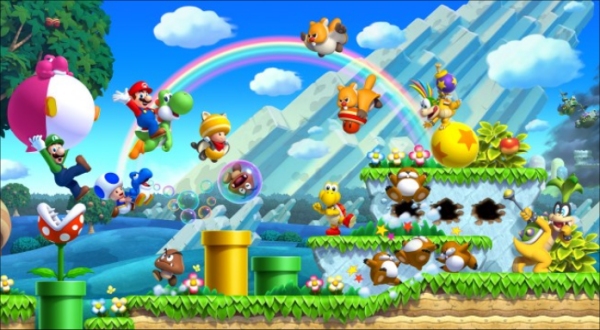
New Super Mario Bros. U
This one is a bit of a no-brainer. One of the hardest games in seventh gen was New Super Mario Bros. on the original Wii. It was just an absolute killer – especially when the game was played with four-players and you were all trying to stay alive and help each other get to the end of a level. It was insane. Well, all of that insanity (and then some) returned with New Super Mario Bros. U. The game sports the same four-player cooperative action in a side-scrolling, 3D adventure that houses the kind of fun and general, family entertainment values that only Nintendo could deliver.
The plot of the game is as bare-bones as usual, with Bowser and his crew showing up to Princess Peach's castle and laying waste to the heroes by pounding them into the ground and throwing them off into the distance. Players – in typical Mario fashion – must venture through various worlds to get back to the castle and defeat Koopa and his troopers.
The gameplay is quite simplistic, much like the one from the original Wii; although I would say that the bonus of the HD graphics and the ability to scour the levels for hidden items, passageways and special power-ups gives the game the same sort of raw, replayable feel that soaks through the original Super Mario World from the SNES>. More levels, better graphics and seamless multiplayer makes New Super Mario Bros. U an easy pick for the list.
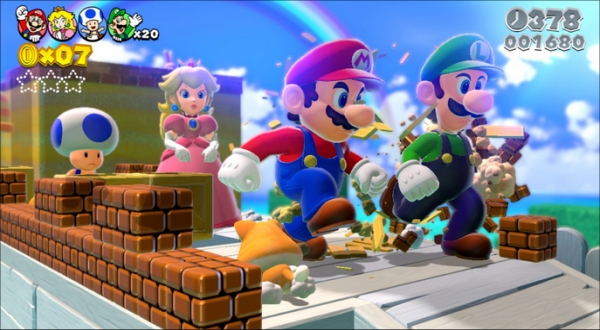
Super Mario 3D World
Two Mario games on one list? Sure, why not? This game, while it might seem to share similarities to New Super Mario Bros. U this game is actually its very own, crazy beast. It's a 3D, adventure, platforming, action cooperative game, and it puts an entirely new spin on the Super Mario games by forcing players to be both competitive and cooperative.
The stages are designed with exploration in mind, as well as giving players a bit of a race-type feel to the linearity. Yes, you're almost racing to the finish line, but also trying to gather up as much score, acquire as many power-ups and defeat as many baddies as possible. It works really well for what it is, and definitely steps far apart from what Nintendo managed to accomplish with New Super Mario Bros. U.
While the plot is the typical save-the-princess affair (although, this time it's not Princess Peach) it still manages to set itself up with a basic enough premise to give gamers a reason to traverse through some beautiful HD worlds and compete for the crown to be the best (literally). Some gamers had some issues with controlling the characters – and having four people play at the same time can get pretty hectic – but the overall gameplay mechanics, the fantastic graphics and a somewhat original take on the cooperative platforming genre really helps Super Mario 3D World stand out from the herd.

Child of Light
Oh, what's not to love about this game? A visually stimulating, melodic, atmospheric, wonderfully painted and beautifully poetic adventure game from Ubisoft shows that big publishers aren't always full of hot air and fluff. Child of Light is a touching showcase of artistic merit from the AAA side of the design banner, and it puts a lot of its focus on a well-rounded gameplay experience from top to bottom.
One of the real highlights of Child of Light is that it's not one of those games where you need massive hardware and top-of-line specs to appreciate just how graphically amazing the game is. The story is also up to scratch, as players take on the role of the evolutionary Aurora on her quest to save the land. The storybook-style presentation and delightfully engaging hand-painted backgrounds just pop and glow with the sort of graphical warmth that nostalgia is built upon.
But it's not all about graphics, platforming, great story and interesting characters... gameplay mechanics also need to be solid and thankfully Child of Light has solid gameplay mechanics. Players will traverse the land using some puzzle-platforming mechanics, but battles with enemies take place in turn-based scenarios, utilizing an active-battle meter – old-school style. Everything about this game is wondrous and it's a real delight to see it on the Wii U.

Guacamelee! Super Turbo Championship Edition
What a uniquely interesting game this is. Guacamelee!, from DrinkBox Studios, received a Super Turbo Championship Edition – a typical riff on the annual Capcom re-release that usually adds “Turbo”, “Ultra” and “Championship” to give the impression of a definitive edition of the game. This particular game actually managed to arrive on the Wii U, and it brings with it a completely new take on the platforming genre.
The best way to describe the game is like combining Shank with Super Metroid with a splash of lucha-libre aesthetics and gameplay themes. What you end up with is a Metroidvania-style game that puts as much focus on the melee as it does on puzzle-platforming. It's a challenging, frustrating and oftentimes called a “fun” game. It's old-school in its take on enjoyment, and gamers have been eating it up ever since its release.
Having to use the special melee skills to traverse some of the more difficult segments, as well as instituting a lot of Mexican folklore into the mix, gives Guacamelee! its own gameplay flavor that helps it stand out above the rest. It's easily one of the top 10 games available right now on the Wii U, and it will probably stay that way for the remainder of the console's life-cycle.
Staff Writer at CinemaBlend.

